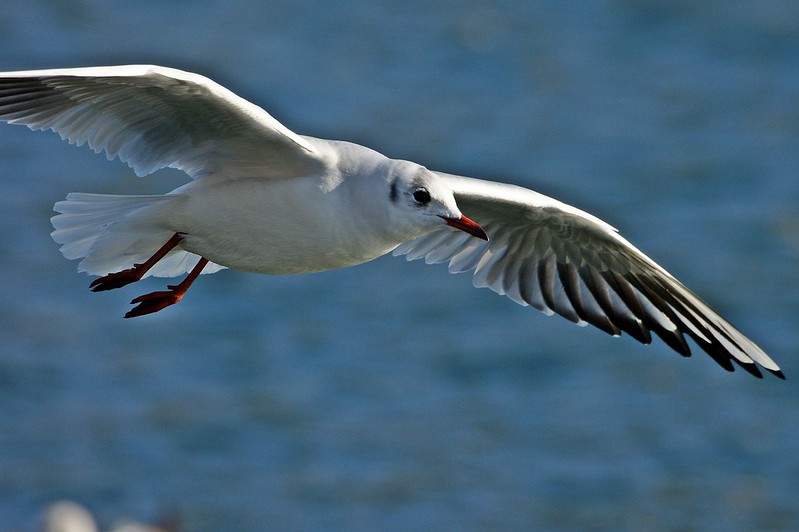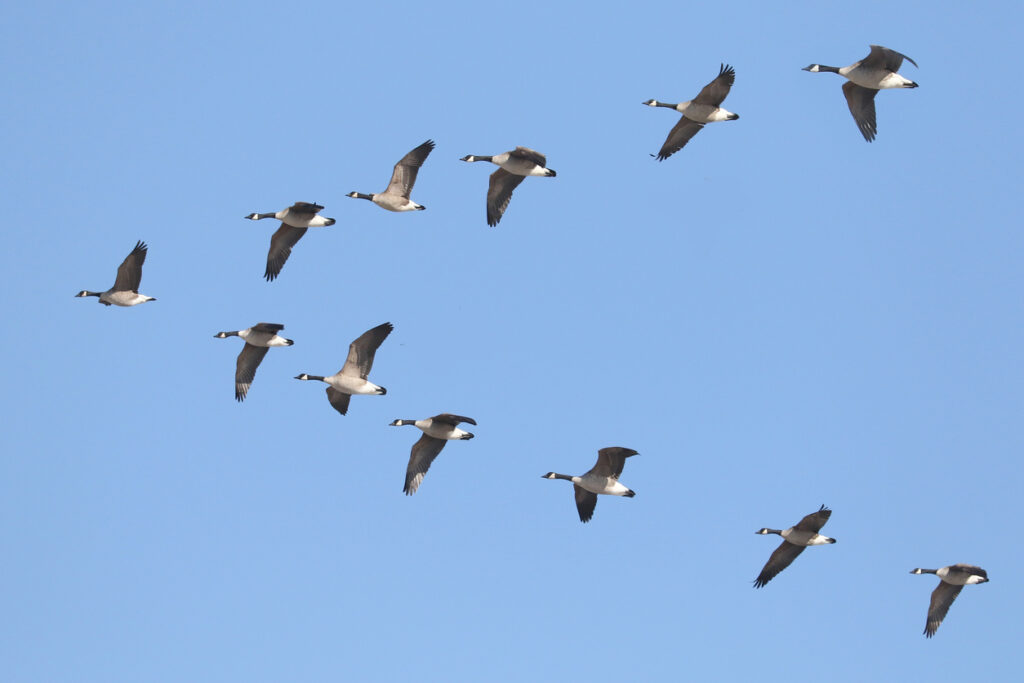1. Built-In Magnetic Compass

Birds have a literal GPS system in their heads — it’s called magnetoreception. They can sense Earth’s magnetic field and use it to orient themselves north, south, east, and west. Scientists believe special cells loaded with magnetic crystals help birds “see” magnetic fields like a roadmap. While I’m over here panicking if my phone battery dies, a bird knows instinctively where to go. It’s like having Waze installed in your brain without any annoying traffic alerts. Honestly, I feel personally attacked by how advanced they are. Source: Scientific American
2. Sun Position Navigation

Forget apps or maps — some birds navigate simply by watching the sun’s position throughout the day. They can track the movement of the sun across the sky and adjust their course accordingly. Even baby birds can pick up on this trick within weeks of hatching! Meanwhile, I still confuse east and west half the time if I’m not holding a coffee cup in my right hand. Their tiny brains somehow calculate time of day, location, and direction in real time. It’s like they’re flying, solar-powered geniuses. Source: ABC Birds
3. Star Maps at Night

When the sun sets, migratory birds just swap out their “sun GPS” for a “star GPS.” Many species recognize constellations and use the night sky to guide their migration. Some birds even learn star patterns as chicks, and those memories guide them their entire lives. I’m lucky if I can spot the Big Dipper without Googling it. While I’m fumbling with Google Sky Map, these little avian astronomers are halfway to South America. Honestly, it’s both humbling and impressive. Source: Birdwatching.com
4. Smell Their Way Home

Some birds can literally sniff their way across continents — no joke. Homing pigeons, for example, use scent trails combined with magnetic cues to find their way back to their nests. It’s like if you could smell your way back to Target without looking at a single road sign. Scientists think birds create a “mental map” of the smells they encounter on their journeys. And here I am, lost in my own neighborhood when they change a traffic detour. They’re basically nature’s most underrated bloodhounds with wings. Source: All About Birds.org
5. Mental Maps Like Walking Atlases

Birds remember landscapes like a living, breathing atlas, storing mental images of mountains, rivers, coastlines, and forests. They use these visual cues to stay oriented even over thousands of miles. Think of it as having the world’s most detailed memory foam mattress — but for maps. Meanwhile, I can’t remember where I parked my car at Costco. Birds notice subtle changes in scenery and instantly know if they’re on the right track. I envy their photographic memories (and their ability to find parking).
6. Draft Riding (a.k.a. Bird Carpooling)

Birds know how to work smarter, not harder — many fly in V formations to conserve energy. The bird at the front breaks the wind, making it easier for the ones behind to glide along. It’s basically the bird version of drafting in NASCAR, only much cuter. Scientists say this technique can save up to 20-30% of their energy during migration. I can barely organize a carpool without someone texting that they’re five minutes late. Birds have teamwork down to a science while I’m still fumbling with group chats.
7. Genetic Memory (They’re Born Knowing Things!)

For some migratory birds, direction isn’t even something they learn — they’re literally born with it. First-time migrants often instinctively know where to go, even if they’ve never made the trip before. It’s like emerging from the egg with a full travel itinerary and boarding pass. Meanwhile, I still have to triple-check if my flight is AM or PM. Scientists believe this genetic blueprint gets refined over generations, making birds experts before they even get their first passport stamp. I can barely pass down my banana bread recipe correctly.
8. Reading Weather Patterns Like a Pro

Birds are expert meteorologists, sensing changes in air pressure, wind patterns, and temperature shifts. They can decide to ride favorable winds or hunker down and wait out a storm. Many times, they’ll even reroute mid-migration if weather conditions look sketchy. I need three weather apps, a Doppler radar, and a prayer to decide if I should carry an umbrella. Birds just feel the air and instantly adjust — no push notifications needed. If I had that skill, maybe I wouldn’t get caught in a rainstorm twice a month.
9. Sheer Determination (and Frequent Flyer Miles)

Finally, birds succeed because they’re stubborn little adventurers with wings. Some species fly for days or weeks non-stop without food or rest, pushing through exhaustion and danger. Their biological drive to migrate outweighs almost every obstacle. I get tired halfway through assembling IKEA furniture, so this level of commitment blows my mind. Birds embody the original “where there’s a will, there’s a way” mindset. Next time you need motivation, just picture a tiny warbler battling headwinds for 3,000 miles — without even one pit stop at Starbucks.


